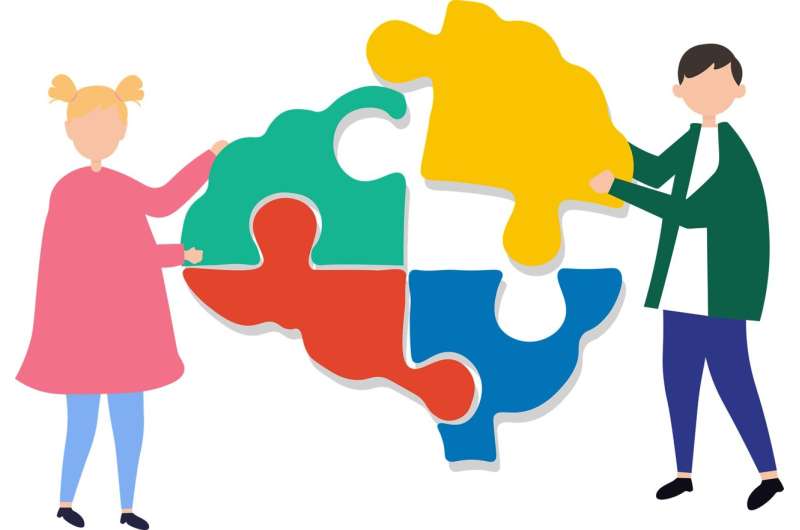The Power of Learning to Swim for Both Children and Adults: Preventing Tragedy Through Aquatic Education

Learning to swim can be a transformative experience for both children and adults, offering numerous health and safety benefits. However, the importance of water safety cannot be overstated, as drowning remains a leading cause of death among young children, particularly within Black communities where swimming education has historically been limited.
At a swim meet near St. Louis, a team of young swimmers from the Makos Swim Team drew attention with their presence. These athletes, ranging from age 4 to 19, come from diverse backgrounds and are part of a program that promotes swimming and water safety among Black and multiracial kids. Coached by Terea Goodwin and Torrie Preciado, the team not only trains for competitions but also actively advocates for increased access to swimming lessons, recognizing that early aquatic education can save lives.
Historically, Black Americans faced barriers to swimming, including segregation and discriminatory policies that led to limited access to public pools and private clubs. These systemic obstacles contributed to a significant disparity: more than a third of Black adults report they cannot swim, which is more than twice the rate among the general population. This gap underscores the urgent need for community-based programs to provide inclusive water safety education.
In response, several initiatives like the Black Swimmers Alliance have emerged, aiming to bridge the gap in aquatic skills. Despite challenges such as fluctuating funding due to political and social backlash against diversity initiatives, these groups remain committed to saving lives through accessible swim lessons.
Recent tragic incidents highlight the critical importance of water safety. Multiple young children have drowned in pools in Missouri and Illinois, emphasizing that drowning is a leading cause of death among children aged 1 to 4. Black children and adults face higher drowning rates compared to their white peers, partly due to historical inequalities and limited access to swim education.
Recognizing these disparities, programs like the Makos team emphasize safety practices, including swimming in full clothing to build survival skills. Parents and community members are encouraged to learn swimming themselves, as fear and lack of swimming ability among adults can hinder the overall safety of children.
Efforts continue to focus on education, awareness, and accessible swim lessons to prevent future tragedies. Promoting water safety and swimming skills across communities remains a vital public health priority to ensure that everyone can enjoy aquatic activities safely.
Source: https://medicalxpress.com/news/2025-04-magic-kids-adults-tragedy-dont.html
Stay Updated with Mia's Feed
Get the latest health & wellness insights delivered straight to your inbox.
Related Articles
Advancements in Drone Technology to Accelerate Cardiac Arrest Response
Innovative drone systems are being tested in the UK to deliver Automated External Defibrillators (AEDs), aiming to reduce response times and improve survival rates in out-of-hospital cardiac arrests. Recent studies showcase the potential to save lives through rapid drone deployment in remote areas.
Innovative Light-Sensitive Molecule Enhances Deep Tissue Imaging and Cellular Control in Mice
A novel technique to increase biliverdin levels enhances deep tissue imaging and cellular control in mice, paving the way for advanced biomedical applications such as noninvasive diabetes treatment and neural research.
Mattel Introduces Barbie with Diabetes Management Accessories to Reflect Real-Life Experiences
Mattel has launched a groundbreaking Barbie doll equipped with insulin pumps and glucose monitors, promoting awareness and inclusivity for children with type 1 diabetes.
FDA Approves New Use of Cancer Medication to Alleviate Autism Symptoms in Children
The FDA is preparing to approve leucovorin, a cancer drug, for treating autism symptoms related to folate deficiency in children, potentially improving communication and speech functions.



